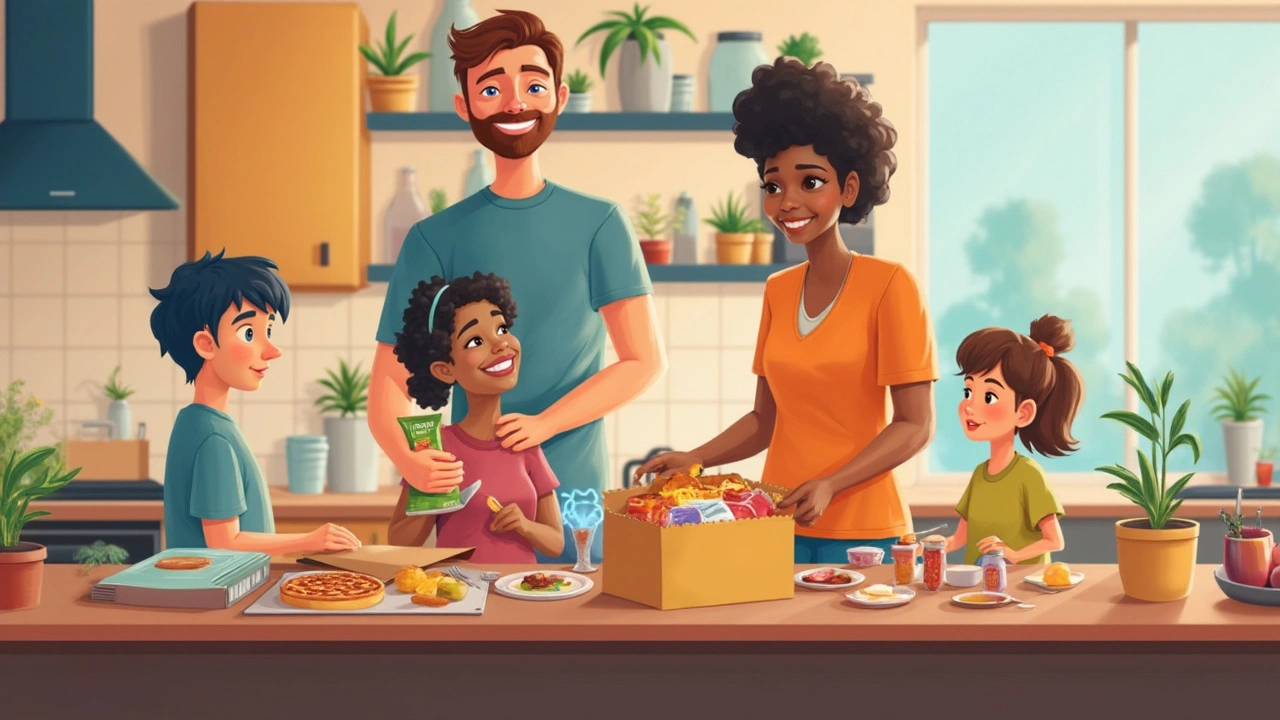Managing Sodium in Your Diet: Simple Steps That Work
Ever wonder why doctors keep telling you to watch the salt? Too much sodium can raise blood pressure, strain the heart, and make you feel bloated. The good news is you don’t have to give up flavor – you just need a game plan.
Check Labels, Not Just Taste
Most of the sodium we eat hides in packaged foods, not the pinch of table salt. Grab the nutrition facts panel and look for the sodium number. Aim for under 600 mg per serving; if a snack hits 1,000 mg, it’s a red flag. When you compare two brands, pick the one with the lower sodium count – the difference can add up quickly.
Don’t forget the “% Daily Value” column. If a product lists 30% or more of the daily limit (2,300 mg), it’s high in sodium. Swapping those for low‑sodium versions can shave off hundreds of milligrams without changing your routine.
Smart Swaps for Everyday Meals
Cooking at home gives you control. Use herbs, garlic, lemon juice, or vinegar instead of a salt shaker. A sprinkle of basil on pasta or a dash of smoked paprika on roasted veggies adds depth without the sodium hit.
When you buy canned beans or tomatoes, rinse them under cold water. That simple rinse can remove up to 40% of the sodium. For broth lovers, opt for low‑sodium broth or make your own stock with vegetables and herbs.
Restaurant meals are notorious sodium traps. Ask for sauces on the side, request grilled instead of fried, and choose dishes that feature fresh vegetables. Even a small change – like swapping a creamy dressing for a vinaigrette – can cut the sodium load dramatically.
If you crave salty snacks, reach for unsalted nuts, fresh fruit, or air‑popped popcorn with a sprinkle of nutritional yeast. These alternatives satisfy the crunch factor while keeping sodium in check.
Staying hydrated helps your body handle any extra sodium you do consume. Water flushes excess salt through your kidneys, so sipping throughout the day supports balance.
Remember the magic number: most health groups recommend no more than 2,300 mg of sodium a day, and 1,500 mg for people with hypertension. Keep a quick tally as you shop or cook – a notebook or phone app makes it easy.
Cutting sodium isn’t about deprivation; it’s about smarter choices. By reading labels, using herbs, and swapping high‑salt items, you’ll feel less bloated, support your heart, and still enjoy tasty meals every day.

How Sodium Intake Impacts Fluid Retention: Everything You Need to Know
Jun, 7 2025Sodium intake affects how your body holds onto fluid. This article explains why eating too much salt can leave you feeling puffy, how your kidneys manage sodium, and what you can do to keep things balanced. You'll learn about hidden salt in everyday foods, signs your intake may be too high, and practical tips for staying on top of sodium. Expect simple explanations and real-life advice you can use right away.
READ MORE